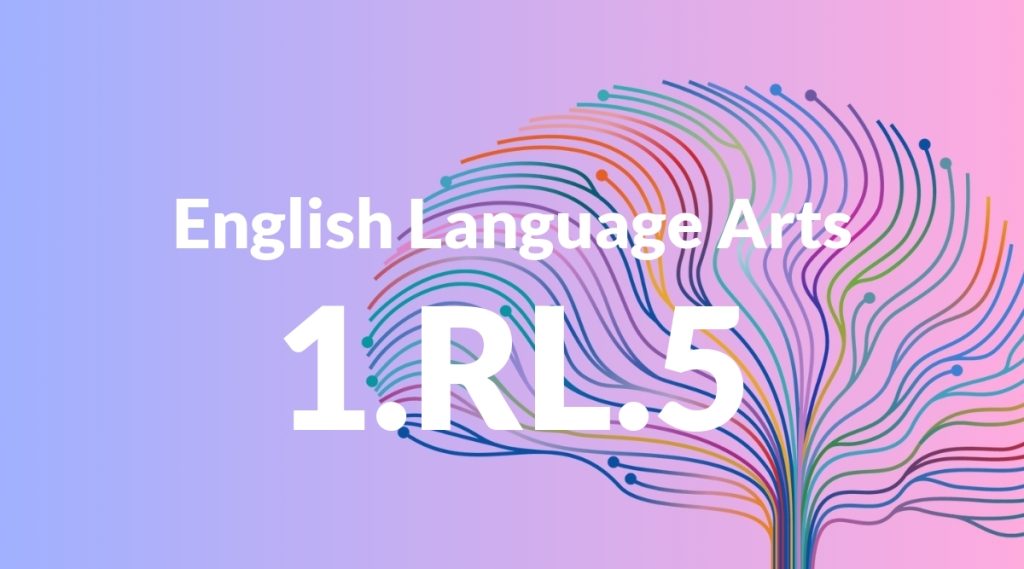Standard: 1.RL.5 – Explain major differences between books that tell stories and books that give information, drawing on a wide reading of a range of text types.
Grade level: Grade 1
Subject: English Language Arts
Domain: Reading: Literature
Teacher Overview
This standard focuses on helping Grade 1 students understand the differences between books that tell stories and those that provide information. It is crucial for developing their ability to identify and appreciate various text types, which is foundational for future reading comprehension and critical analysis skills. Before tackling this standard, students should be able to identify basic parts of a book and have some understanding of the differences between fiction and nonfiction.
After mastering this standard, students will be equipped to analyze and distinguish between different genres and text types, enhancing their comprehension and critical thinking abilities.
Common Misconception 1
A common misconception is that students may believe all books fit neatly into either the story or informational category without any overlap. This is incorrect because many books, such as biographies and historical fiction, blend storytelling with information.
Intervention 1
To address this, teachers can introduce students to books that combine elements of both genres, discussing how these texts can inform while also telling a story.
Common Misconception 2
Another misconception is that students might think illustrations are exclusive to storybooks. This is incorrect as many informational texts use illustrations to help explain concepts or provide visual aids.
Intervention 2
Teachers can show students examples of informational texts with illustrations, such as science books with diagrams, and explain how these visuals help convey information.
Prerequisite Knowledge
Students should be familiar with basic book components such as title, author, and illustrations. They should also understand the concept of fiction vs. nonfiction and have some experience listening to and discussing both types of texts.
Subsequent Knowledge
After mastering this standard, students will develop the ability to analyze and interpret various text types more deeply. They will be able to distinguish between genres and understand the purpose and structure of different texts, which will aid in their comprehension and critical thinking skills.
Instructional Activities
- Read and compare a storybook and an informational book on the same topic.
- Create a Venn diagram to highlight similarities and differences between storybooks and informational books.
- Have students bring in their favorite books and classify them as story or informational.
- Conduct a class discussion on the purpose of different types of books.
- Create a classroom library section for storybooks and another for informational books.




